Pain in the bottom of your foot can be a stop sign for most activities. If you have ever experienced a painful condition in the morning after waking up or while standing or walking for hours, you know what I am talking about.
About 80% of all adults experience foot pain at some stage of their lives. Plantar fasciitis is one of the most common foot conditions and we have covered this topic in various articles by now. If you need to find out more about plantar fasciitis specifically, please make sure to read our other articles here.
Now plantar fasciitis is not the only condition that can happen to your plantar fascia. Plantar Fascia Tear can be even worse than plantar fasciitis and needs your attention before it develops into a chronic disease. This article is all about plantar fascia tear and the various degrees that it can show up with.
Where is the plantar fascia located?
The plantar fascia is located under the very bottom of your foot. It runs along the plantar surface which means it goes from your heel to your toes. The plantar fascia connects the calcaneal tuberosity or heel bone with the bones surrounding your 5th toe.
What’s the difference between plantar fascia tear and plantar fasciitis?
Although this article is designated to plantar fascia tear, we can’t leave plantar fasciitis untouched in this context.
Plantar fasciitis is the inflammation of the plantar fascia caused by extreme stress on the area. If you’re into sports that put a lot of pressure on your feet, you’re more likely to develop this condition over time. But really, anyone can get it. And it can be tough to deal with.
Plantar fascia tears can occur either partially or completely. If the tissue tears completely, we can call it plantar fascial rupture. Since the plantar fascia consists of many fibers, these fibers can partially tear. A partial tear in the plantar fascia is very uncommon and likely to arise through overuse and as a cause of plantar fasciitis. Complete tears of the plantar fascia are more common and oftentimes a result of a sudden force or injury. Again, plantar fasciitis can lead to a complete plantar fascia tear if you ignore the signs.
Symptoms of plantar fascia tear
A plantar fascial rupture always comes with a symptom of heel pain. You may also experience pain in the ball of your foot, along the arch or on the side of your foot. A tear of the plantar fascia usually causes intense and severe pain. Initially, after a complete rupture of the plantar fascia, you may notice swelling at the bottom of your foot and a collapsed arch. The pain gets worse when walking or trying to bend your toes.
Causes of plantar fascial rupture
A ruptured plantar fascia or plantar fascia tear can have various causes, including:
- Overuse. As mentioned before, high-impact sports or participating in sports that require you to put a lot of pressure on your feet through running or jumping is the main culprit for plantar fascia tear.
- Being overweight. Carrying too much weight on your hips can also put too much pressure on your feet.
- Foot deformity. Flat feet, for example, are a common cause for plantar fascia tear.
- Bone Spurs. Bone spurs are calcifications that form on the plantar fascia. They don’t cause plantar fasciitis, but they can lead to plantar fascia tears if too much pressure is applied.
- Abnormal walking behavior. People who walk or run barefoot or wear shoes that don’t fit well can also cause plantar fascia tears.
- Ill-fitting shoes. This problem is closely related to the previous one. If your shoes are too tight or too loose, the plantar fascia can tear as a result of extreme movements.
Diagnosis of plantar fascia tear
During an exam, your doctor or podiatrist usually needs to order MRI imagery to rule out plantar fasciitis or even a calcaneal fracture. This can only be seen on MRIs.
Treatment for plantar fascial rupture
Treatment is non-surgical in most cases. The first steps usually consist of pain control treatments. The best conservative treatment for both plantar fasciitis and plantar fascia tear is R.I.C.E. (Rest, Ice, Compression and Elevation).
you should apply the R.I.C.E. method immediately after the injury to reduce swelling and inflammation. Immobilizing the foot with a cast, splint or sleeve is a good idea as well. For the first 2-4 weeks, patients are often advised to wear a walking boot or compression sleeves to protect the foot from getting worse.
When wearing normal shoes, inserts or insoles are recommended by podiatrists to reduce the pressure on your feet. And while you can walk with a torn plantar fascia, you should not overdo this. Just take your time to get as much rest as you can.
When the pain finally gets better, the next step to recovery is to address the flexibility through stretching and physical therapy. The calf muscles play a big role in the recovery process, so don’t miss out to give them some attention too.
Non-steroidal anti-inflammatory medication (NSAIDs) or prescribed pain killers can be of good help to return to being able to stand or walk. But these are only good to get you through the day. They don’t heal your condition, just to be aware.
Prevention and things to do to stop this from reoccurring
It is highly important to stretch and strengthen the plantar fascia and calf muscles daily. If you want to prevent plantar fascia tear, these exercises should be part of your routine:
Straight leg raise – Lie down with both legs straight. Lift one leg while keeping both feet flat on the floor at all times. After holding this position for 10 seconds, lower the leg slowly again. Repeat the exercise at least 10 times for each foot.
Calf Stretch – Stand upright while facing a wall with one arm’s distance to it. Put the forefoot of the injured leg against the wall and keep your heel on the ground. Lean forward until you feel the stretch in your calf muscle. Hold this position for 30 seconds, then change sides. Make sure you don’t lean too far forwards with the leg against the wall as this can cause plantar fascia tear on the other side as well!
Heel drops – This exercise is done in a similar way as with the heel raises. Stand on your tip-toes and lower yourself down with one heel at a time, until you feel the plantar fascia stretch under your foot.
Plantar Fasciitis and plantar fascia tear can be a bit tricky to treat. Most plantar fascial rupture cases go away on their own, either with conservative plantar fascia treatment or without medical plantar fascia treatment at all. However, for chronic plantar fascial pain and plantar fasciitis, more treatment is often needed.
Always make sure to wear proper footwork for the activities you’re after. Reduce wearing high heels or too narrow shoes to a minimum and if you need to, find some orthotics, inserts or insoles to minimize the pressure on your feet. Compression socks or sleeves may be a good product to look into. They can reduce swelling and help with better blood circulation and faster recovery times.
And last but not least, don’t stress things too much. Especially when you get older. Your body reacts differently with 50 or 60 than it did with 20. Not only do your eyes, back and knees get weaker with age. The plantar fascia is affected too. And that puts you more at risk the older you get. Choose your exercises wisely and give your body the rest it needs. If you take those tips to your heart, you likely won’t have to deal with plantar fascia tear at all.
Conclusion
Be patient with your recovery and don’t overdo things too soon. When the pain gets better, make sure to stretch and strengthen your plantar fascia, calf muscles and other plantar connective tissue daily. Make this a ritual if you want to get rid of plantar fasciitis or plantar fascia tear for good.
I hope this article was helpful for you. If you had plantar fasciitis or plantar fascial rupture (tear) in the past or if you currently deal with any of those, please leave us a comment below and share your experiences, tips on what gave you relief and how you approach things. Our community will love your input and we here at Baron Active absolutely appreciate your opinion and participation.





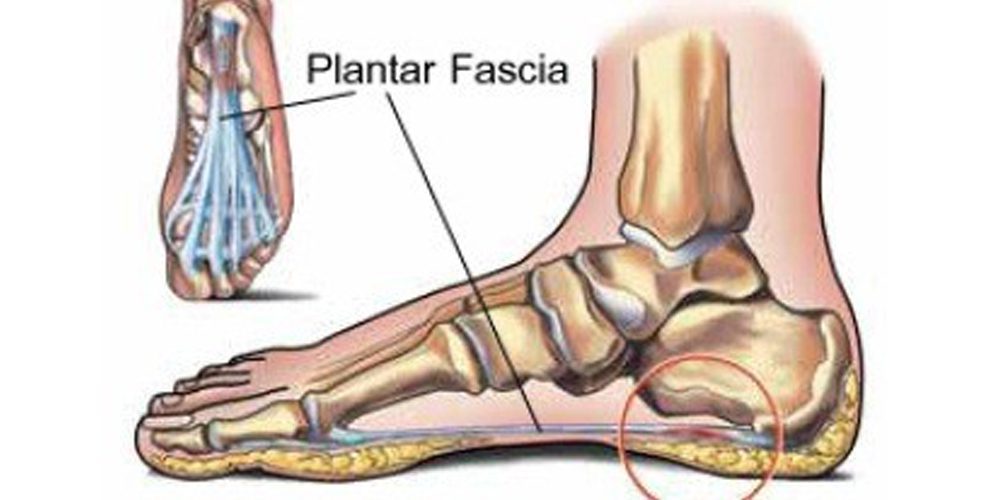






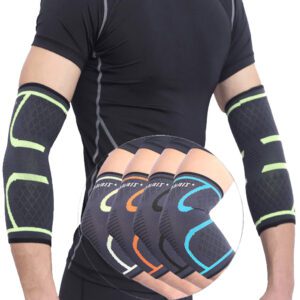
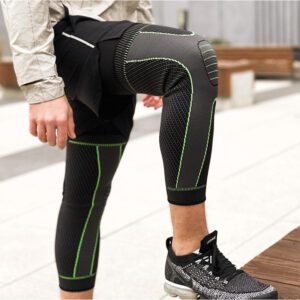
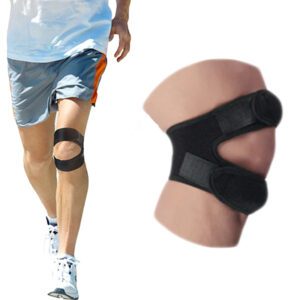


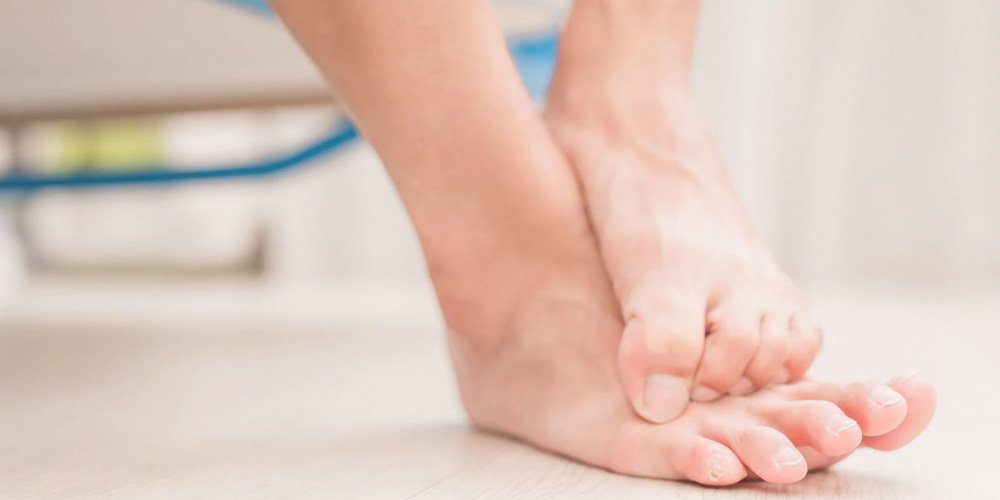



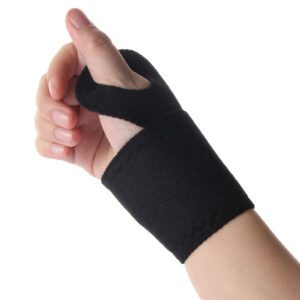

7 Responses
My anatomy may be different, but I’m having a hard time figuring out how to “Lift one leg while keeping both feet flat on the floor at all times.”
Ha ha I was wondering the same thing! That’s funny!
Yes, how the heck can you do that? Such nonsense tends to discredit the entire article!!
I’ve suffered with sharp bottom-of-the-foot pain for a year, at times barely able to walk. Diagnosis: heel spur. I’ve been wearing a boot for several months, doing stretching exercises, getting injections, and taking a prescription anti-inflammatory. The pain is getting worse. Many trips to the podiatrist later I got an MRI which showed plantar fascia tear. I’ve been reading about it in preparation for my next podiatry appt. I’m feeling depressed, like this problem is never going to go away. Podiatrist took me out of work this week but I go back on Monday. Will be on my feet all day and am dreading it.
I’m almost certain that what I have is a plantar fascia tear. Sharp pain at bottom of heel but full movement of all my toes. I’m 60 trying to play basketball when I heard a pop and sharp pain at the bottom of my foot. Not the first time that it’s happened so reading your article is reassuring that with the right treatment and patience, I will be back on my own two feet. Thank you.
Thanks for the tip about how certain stretches can also help in treating plantar fasciitis. I’d like to find a good clinic for that because I’m interested in getting my right foot checked. I’ve been feeling a lot of pain on it recently and it makes jogging a bit difficult to do comfortably.
I have 20% torn seen podiatrist doctors
Wearing special boot given by podiatrist
Over four months now still very painful
Now my hip lower calf ankle and heel very painful
At times I can barely walk
What can I do
Need help